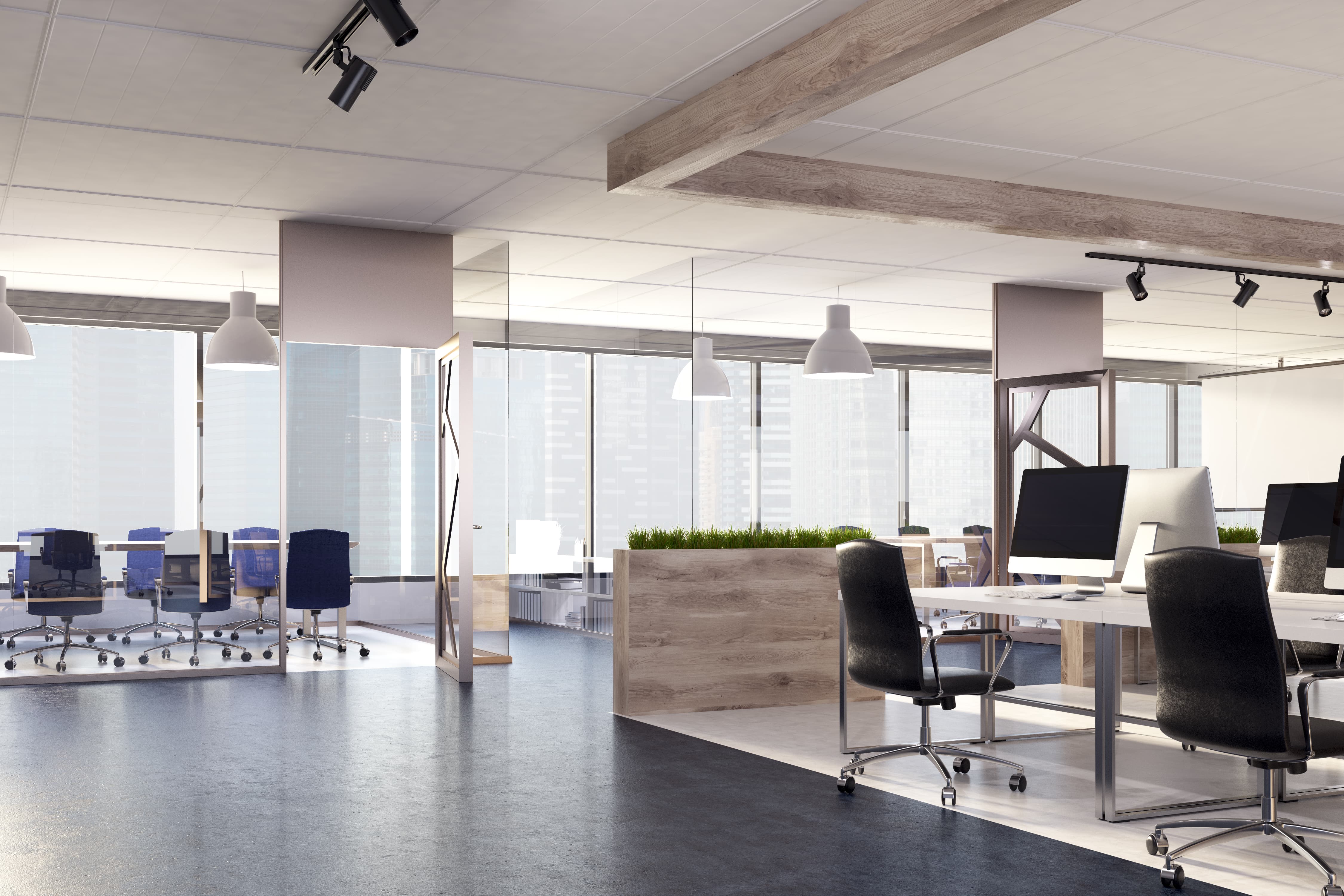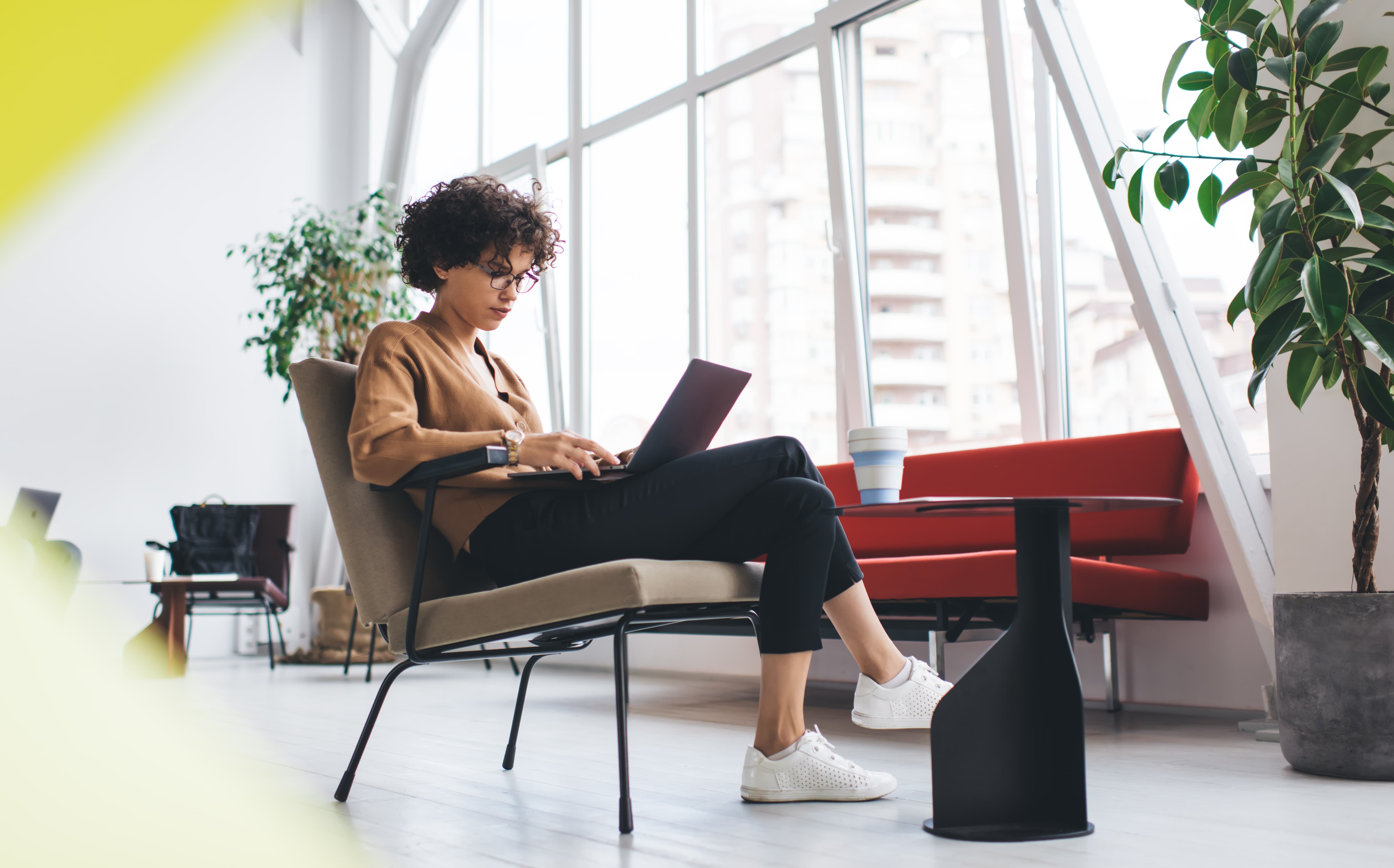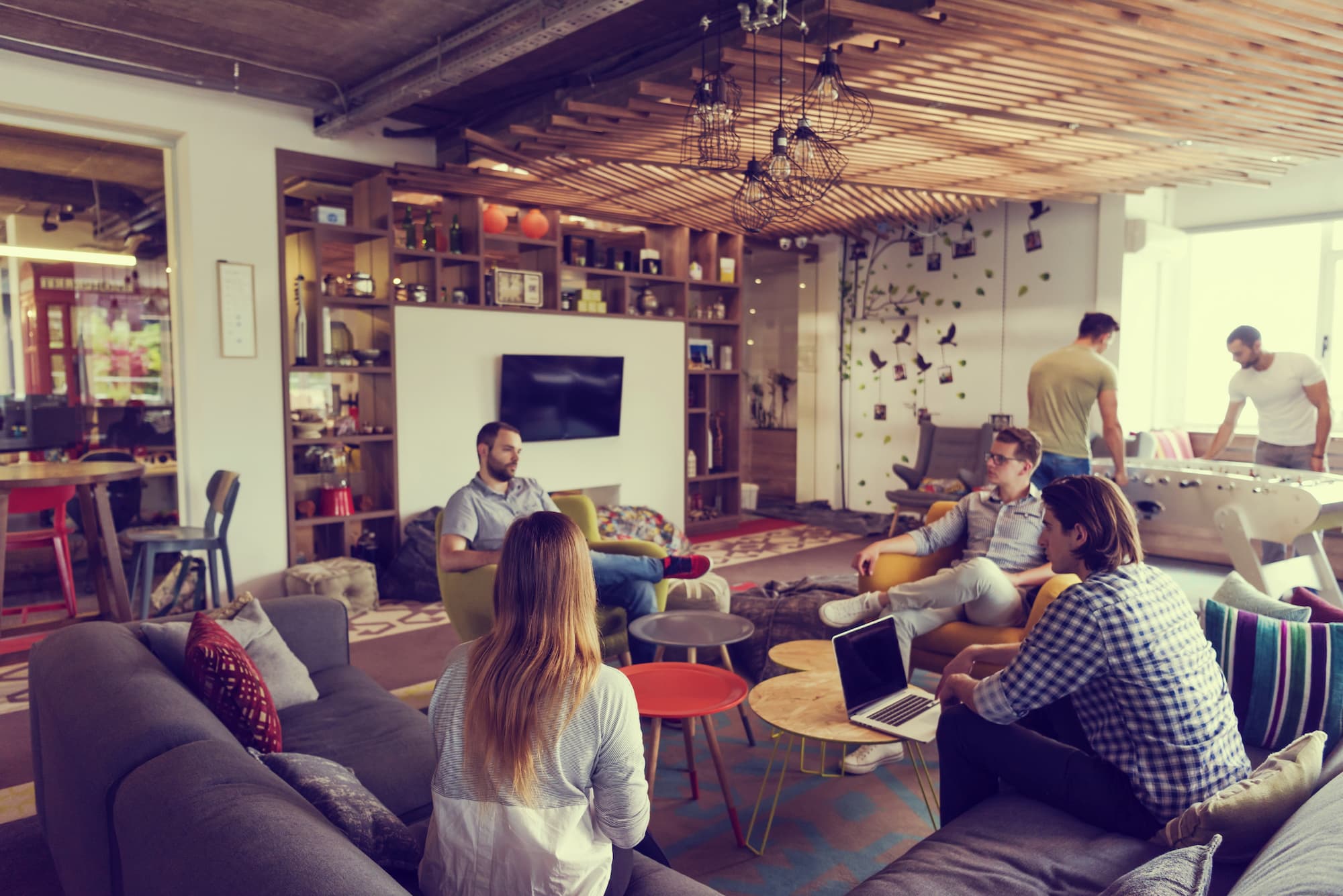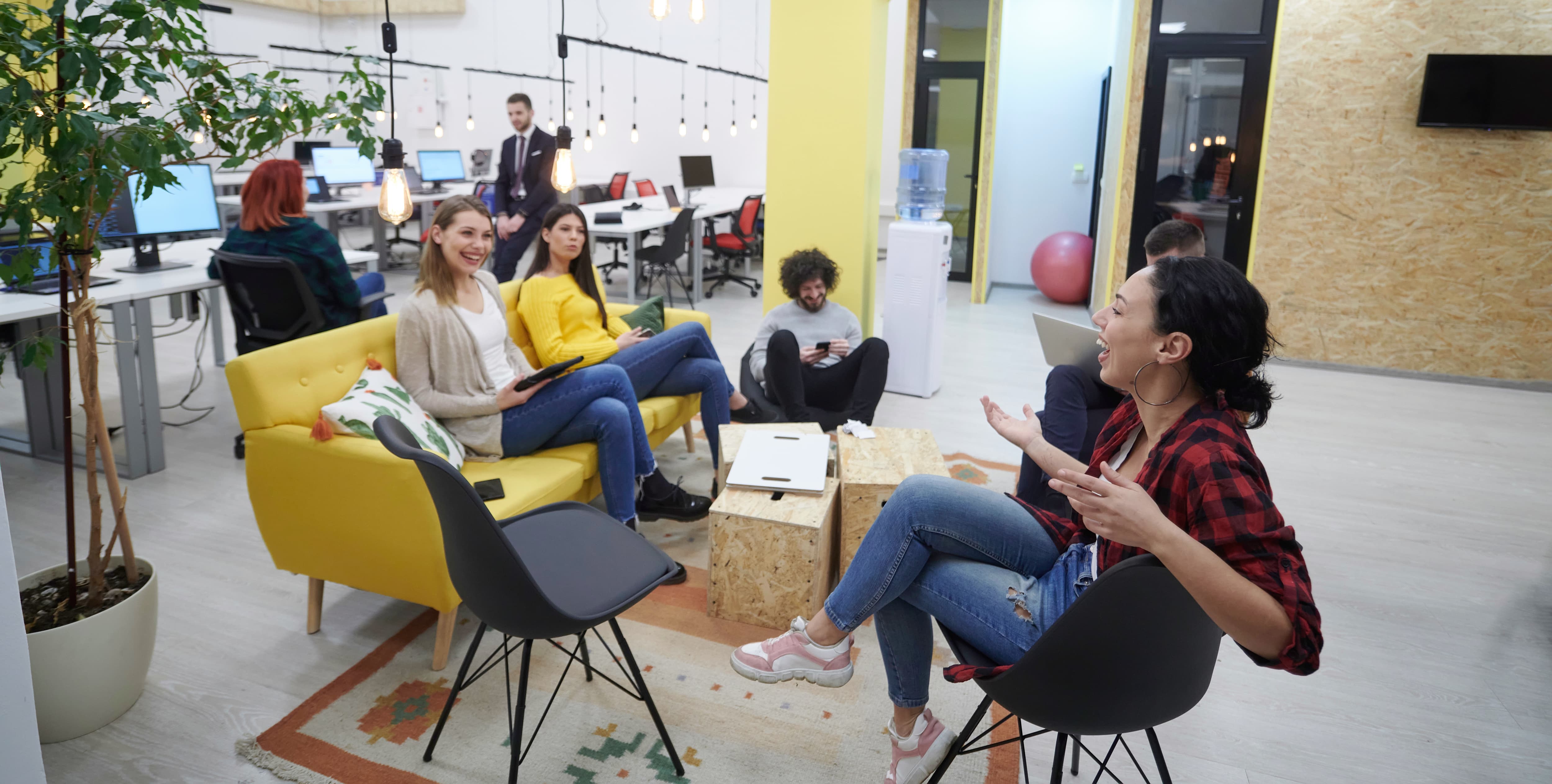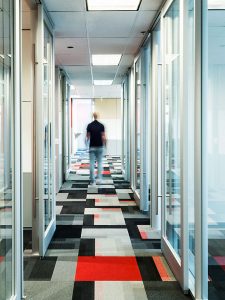 Forward thinking businesses are seeing the benefits of providing diverse spaces that blend an open concept with an activity based working style. A concept that understands that employees are more productive in spaces that are adaptable, livable, and inviting, this rethinking allows businesses to design for working collaboratively and fluid information sharing, as well for quiet, contemplative, or solitary tasks.
Forward thinking businesses are seeing the benefits of providing diverse spaces that blend an open concept with an activity based working style. A concept that understands that employees are more productive in spaces that are adaptable, livable, and inviting, this rethinking allows businesses to design for working collaboratively and fluid information sharing, as well for quiet, contemplative, or solitary tasks.
In addition to helping employees be productive, these innovative spaces help retain quality talent by fostering a sense of belonging and connection to the culture of the brand they are building. Here are five fundamental trends that help make your office more productive:
Casual Spaces for Versatility
Taking their cue from the habits of remote workers, casual spaces model themselves on local cafés, lounges, and libraries – following the rules of the places that inspire them, a No Talking Policy or designated quiet and collaboration times are set. Casual spaces offer a chance to sit in a comfy reading chair for some solo work time or on bar stools at a long table for face-to-face team work.
Acoustics Controls to Avoid Workplace Distractions
‘Cubicle culture’ lore gives many examples of open office plan workers’ productivity being negatively impacted by conversational distraction. Overhearing team conversations, noisy equipment fans, and colleagues moving around the space are a nuisance.
What is often not represented is how teams also lose their ability to freely exchange ideas when they feel overheard and have no privacy. Adding sound dampening carpeting to halls and acoustic screens in shared spaces, as well as plants, and various soft furnishings from the resimercial lookbook will absorb ambient noise – while also increasing team satisfaction and productivity.
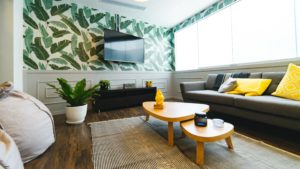 Different Seating and Meeting Areas to Break Up Space
Different Seating and Meeting Areas to Break Up Space
A versatile array of seating and meeting area options allows employees to break out from hot desk spaces into more intimate settings for collaboration. Not only do these spaces break up the visual monotony of an open plan space, but they can also (with the right furnishings) be used in a variety of ways – think moveable furniture, garage doors, moveable whiteboards, and moveable walls and dividers.
Making Employees Feel Like They Are Part of Something Bigger
From a no shoes policy, a mug wall of partner institutions, or tapping in to the fool inside, businesses are finding unique voices that speak to their employees’ sense of belonging. Weaving a thread of corporate branding throughout the office design in a playful and aspirational way can really build the feeling of being part of something bigger.
Private Workstations and Pods
Different types of personalities require different types of workspaces to thrive and be productive. Susan Cain, author of Quiet: The Power of Introverts in a World That Just Can’t Stop Talking, was amongst the quiet voices saying that the open office concepts weren’t ideal spaces for introverts. While changing entire work spaces isn’t realistic – collaboration being the heart of most business models – providing places where people can go to recharge and have uninterrupted work time is important. This is where private workstations and quiet pods come in. Employees have space to retreat to, allowing them to write reports, make calls, or simply have privacy without using earbuds to signal the need for quiet.

